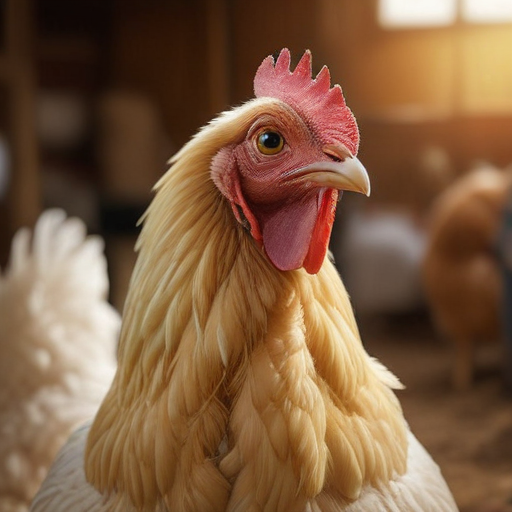Highly pathogenic H5N9 avian influenza has been detected for the first time in U.S. poultry at a duck farm in Merced County, California, marking a significant development in animal health. According to a notification from the World Organization for Animal Health (WOAH), the outbreak began on November 23, 2024, and was confirmed by the U.S. Department of Agriculture (USDA) National Veterinary Services Laboratory. Symptoms noted included an increase in duck deaths.
In response to the outbreak, state officials have implemented a quarantine on the affected farm, which housed nearly 119,000 birds. A culling operation was successfully completed by December 2. The USDA’s Animal and Plant Health Inspection Service (APHIS) is collaborating with state partners and wildlife officials to conduct a thorough epidemiologic investigation into the outbreak.
Angela Rasmussen, a virologist from the University of Saskatchewan, indicated on social media that the emergence of H5N9 suggests a viral reassortment between the circulating H5N1 strains and another avian flu virus containing the N9 neuraminidase. She cautioned that ducks serve as efficient hosts for reassortant viruses, as they often show minimal symptoms of infection, thereby facilitating the spread of the virus to new hosts.
The risk posed by these reassorted flu viruses to humans remains uncertain, but Rasmussen highlighted the importance of preventing H5N1 from entering pig populations, as they are susceptible to various flu strains, including those that could reassort with human viruses.
In related developments, APHIS has also reported several additional H5N1 detections across poultry flocks in 11 states, including significant outbreaks in Indiana, Missouri, Ohio, and Washington, which could impact the already strained egg supply. Furthermore, detections of H5N1 have been confirmed in turkey farms in Minnesota and Ohio, as well as broiler farms in Arkansas and Missouri. Additionally, six more cases of H5N1 in dairy herds were confirmed in California, raising the national total to 943 cases, of which 726 are in California.
This situation underscores the ongoing challenges in controlling avian influenza, particularly as outbreaks surge in various avian populations. The agricultural community and health officials are urged to remain vigilant in monitoring and containing these outbreaks to prevent further transmission and mutation of the virus.
